10 Ways Ancient Egyptians Shaped World History
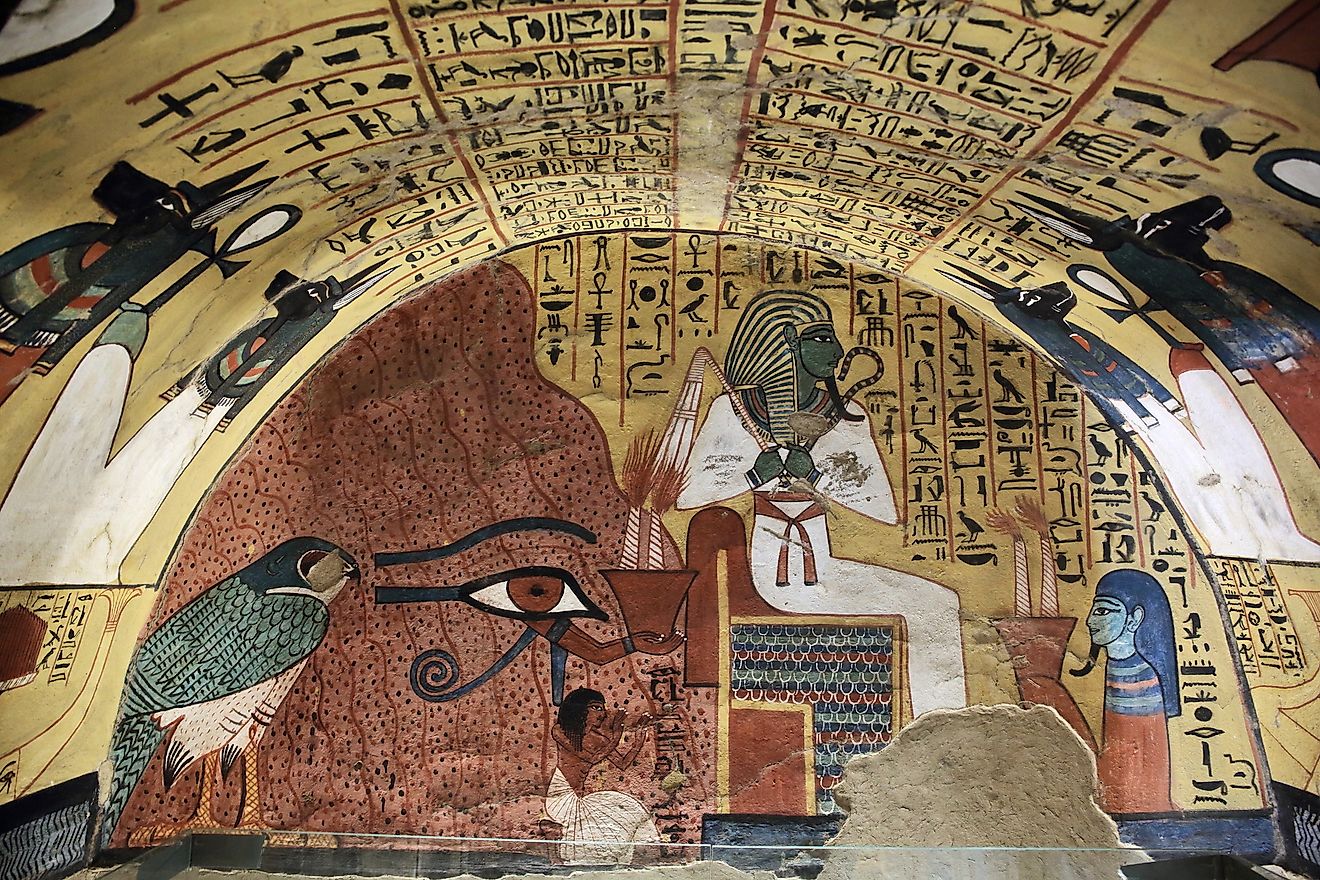
- According to historical records, the invention of papyrus paper paved the way for ancient Egyptians to develop the first postal system in 2000 BC.
- Ancient Egyptians were the first people to make tools from bronze, as opposed to stone and wood.
- Ancient Egyptians began experimenting with dental hygiene, ultimately becoming the first people to use toothpaste.
Established around 3100 BC, Ancient Egypt is one of the oldest known civilizations. Because they lived thousands of years ago, it is easy for people to assume they were a primitive people who lived in an unchanging age of simplicity. This is far from the truth. Ancient Egyptians shaped world history through their ingenuity and inventiveness on a scale unparalleled by most ancient civilizations. The following list demonstrates their long-lasting influence and how they have impacted our world even today.
10. Alphabet
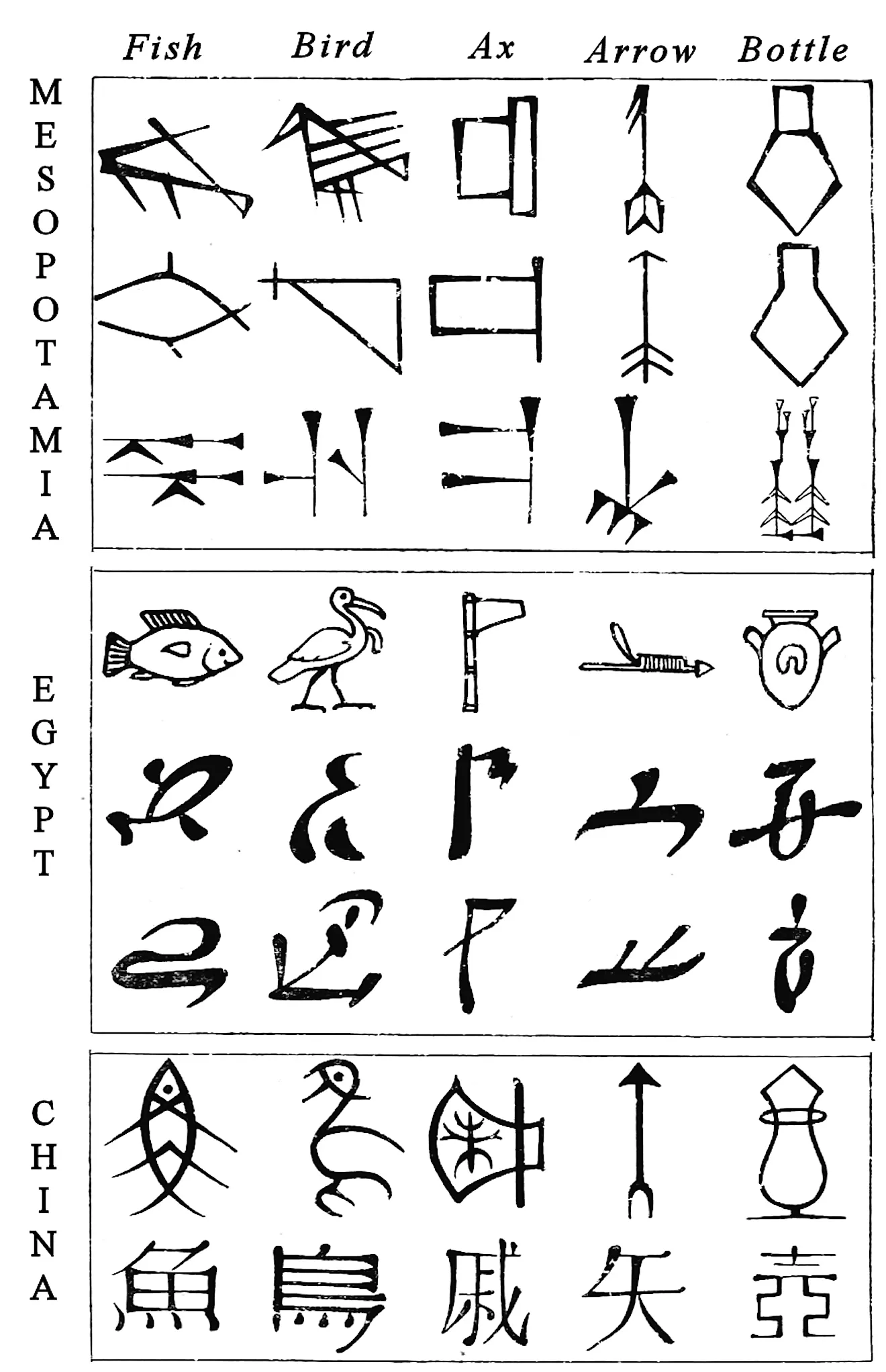
Most people are familiar with the concept of hieroglyphs, a series of pictographic symbols that convey meaning; however, the ancient Egyptians are also credited with developing the first phonetic alphabet. These 24 uniliteral signs represent a particular sound rather than an entire word. This phonetic alphabet would become the basis or inspiration behind all global alphabets as they passed it on through trade to the neighboring Phoenicians, who spread it throughout the Near East and Greece.
9. Paper
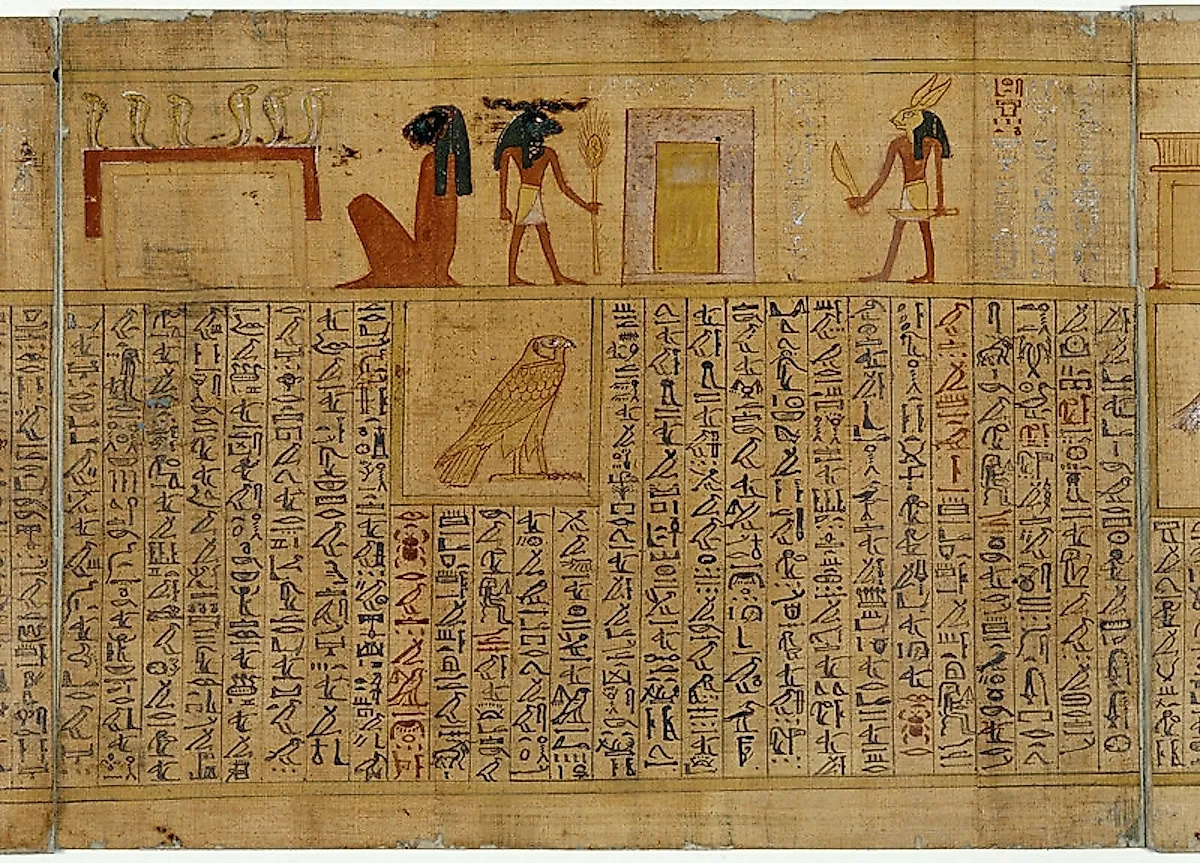
Ancient Egyptians were the first people to use paper-like material. Invented in 3000 BC, it is made from papyrus, a plant that grows on the banks of the Nile. The stalks are cut into long strips which are then woven and glued together using the plant’s natural sap as an adhesive. Spreading throughout the Mediterranean, papyrus became a prominent export for the ancient Egyptians. China would eventually invent paper as we know it today in 100 BC, but the importance of papyrus cannot be overstated as it provided the first real alternative to stone carving. The term “paper” derives from the word “papyrus.”
8. Postal System
With the introduction of papyrus paper, a more efficient method of communication was born. According to historical records, this paved the way for ancient Egyptians to develop the first postal system in 2000 BC. Messages were transported up and down the Nile, and sometimes on land by horse or mule. At first, it was a very exclusive system, used only by pharaohs and the rich, but later expanded to include the common citizenry. There is even proof that certain high ranking officials had the privilege of using an express mail service.
7. Commerce and Trade
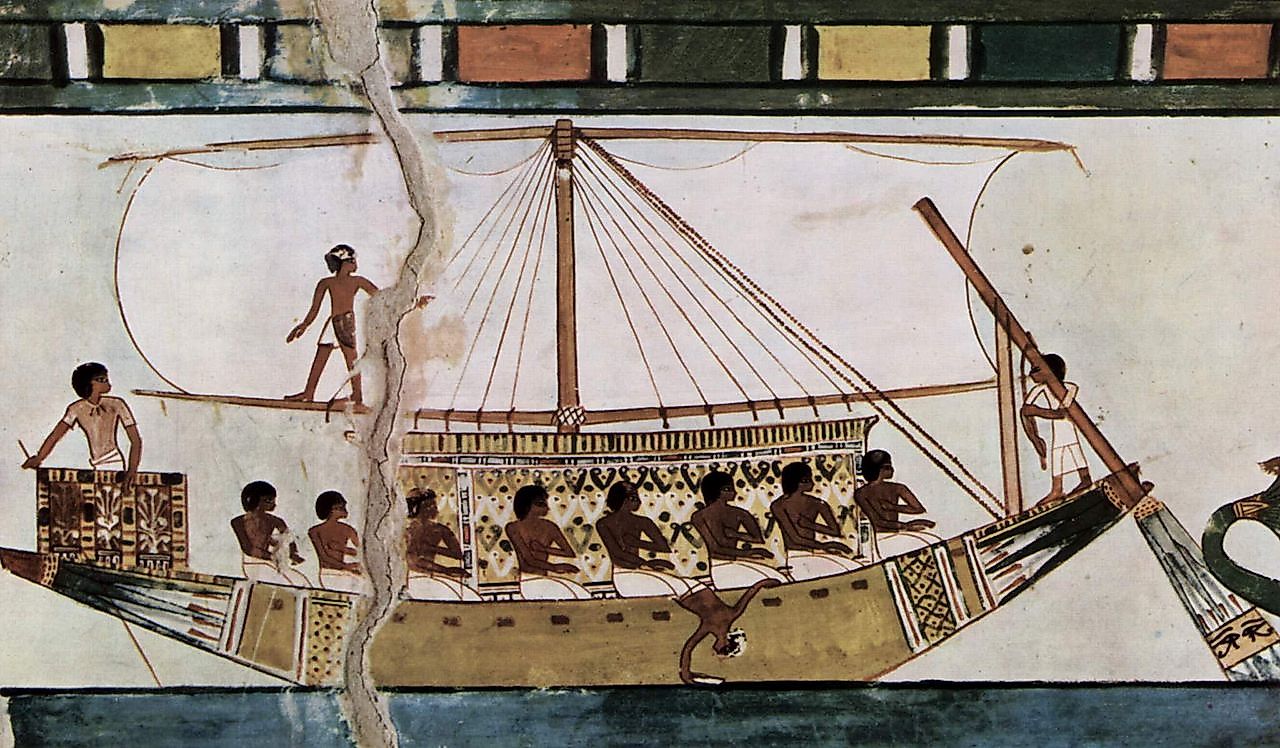
Ancient Egypt was also one of the first civilizations to use waterways as trade routes. In doing so, it became a central hub for commerce in the Mediterranean. In addition to papyrus, they exported linen, grain, gold, ivory, ostrich feathers, and even slaves. In return, they largely imported cattle, fish, wine, copper, and precious stones. Before they were invaded by the Persians in 525 BC, ancient Egyptians operated on a bartering system, exchanging goods rather than money. Merchants were so integral to the Egyptian economy that they were near the top of the social hierarchy and were highly respected.
6. Tools and Craftsmanship
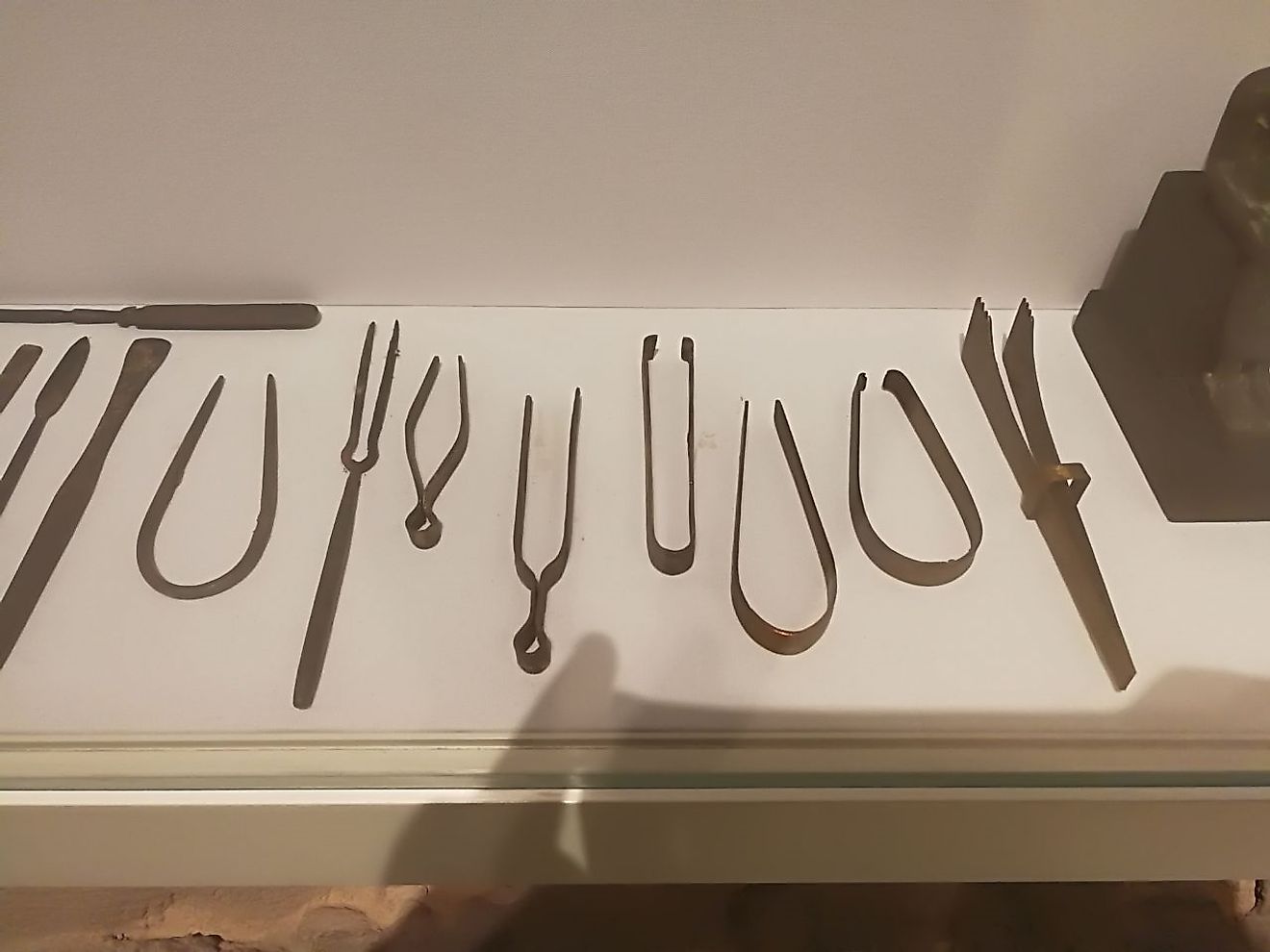
Ancient Egyptians were one of the first people to make tools from bronze, as opposed to stone and wood. These tools were used for carpentry, hunting, and as weapons. It also allowed them to be master craftsmen. The earliest evidence of glass dates back to ancient Egypt and Mesopotamia where it was used to make vases and beads. In addition to glass, they were expert wood carvers, and used papyrus to make sandals, mats, and rope.
5. The First Builders
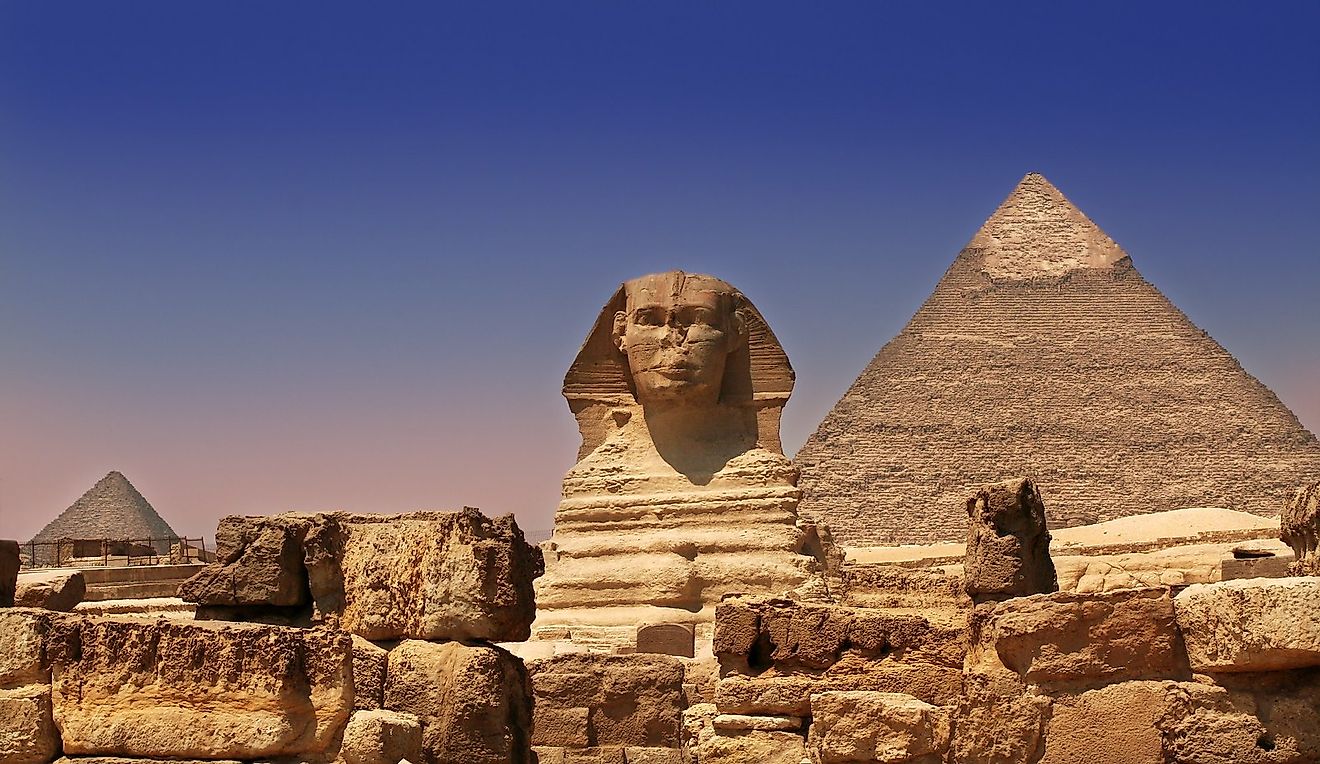
Many historians consider the ancient Egyptians to be the first builders known to humankind. In contrast to the wandering nomadic lifestyle, they built dwellings, temples, tombs, and statues which helped establish the concept of homeland. Not only that, but their architectural ingenuity led to the creation of some of the most awe-inspiring structures throughout history—look no further than the Great Pyramids of Giza.
4. Mathematics and Geometry
Ancient Egyptians were math wizards. In addition to being able to solve complex multiplication and division problems, they also invented basic fractions. Furthermore, some of the earliest records of geometry came from ancient Egypt. Arpedonapti—as the Greeks called them—were experts of the subject who used rope to calculate the area of land. Their expertise as master builders came from this extensive knowledge in math and geometry, knowledge that was eventually passed on to the Greeks.
3. Medical Science

Ancient Egyptians were not just craftspeople and builders, but also pioneers of medical science. With the invention of papyrus paper, they were able to record their knowledge of wounds and illnesses, and possible treatments and medicinal recipes. These documents reveal that ancient Egyptians were removing cysts and even tumors long before anyone else. They also represent the first medical documents that do not refer to supernatural or divine forces when explaining the presence of or cures for various diseases. Over the years, archaeologists have discovered some of the world’s oldest surgical tools.
2. Toothpaste
Ancient Egyptians often had bad teeth because grit and sand got into their food which deteriorated their enamel. In an attempt to combat this, they began experimenting with dental hygiene, ultimately becoming the first people to use toothpaste. The most common recipe included rock salt, mint, dried irises, pepper, and a bit of water, but other concoctions called for the ashes of ox hooves and burnt eggshells. As one would expect, these recipes led to bleeding gums, but they were surprisingly effective at maintaining oral health. Because archaeologists have found toothbrushes—twigs frayed at one end—in very particular tombs, historians believe that toothpaste was a luxury for pharaohs and the rich.
1. Wigs
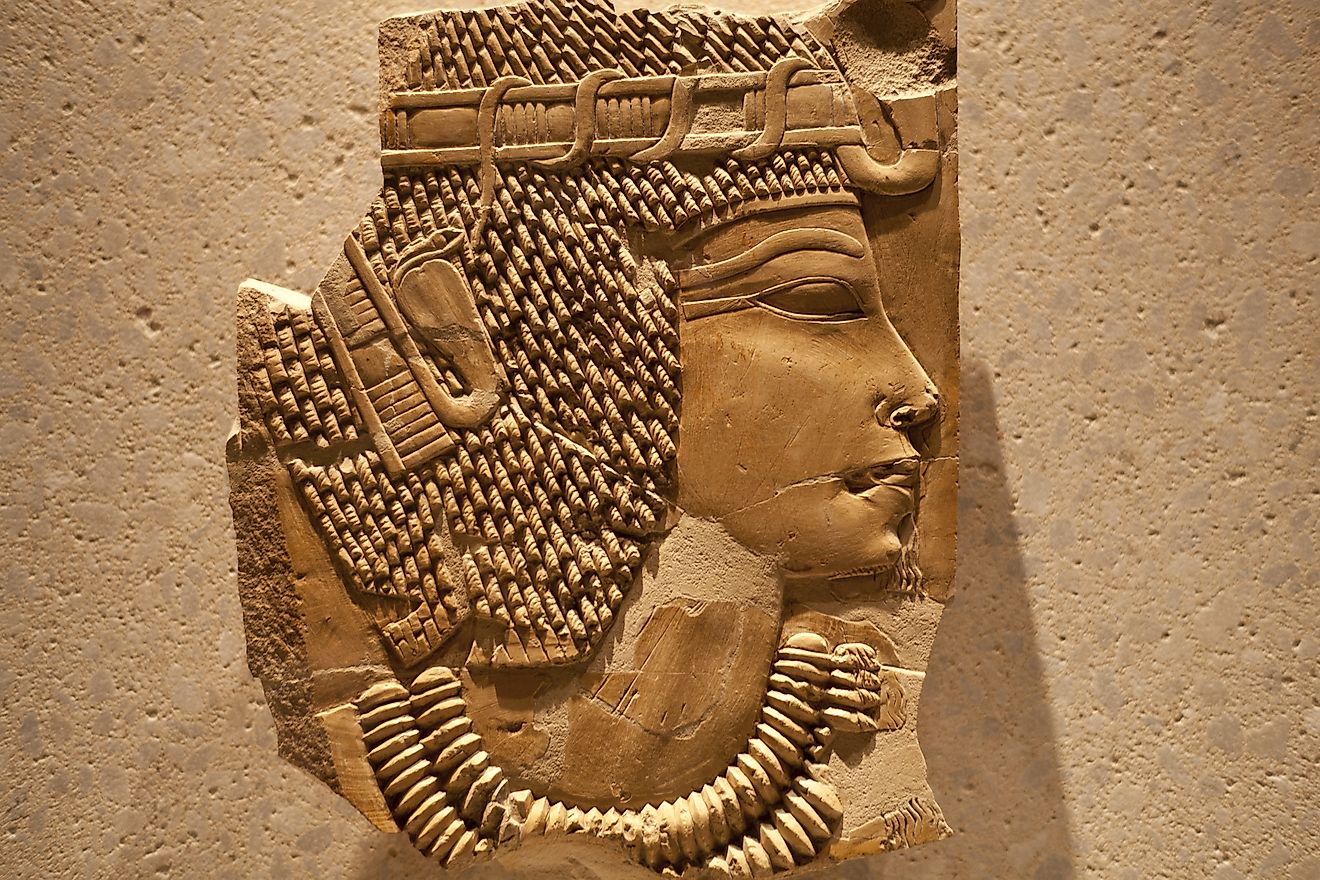
Working in the hot desert sun presented conflicting problems when it came to hair. Having a full head of the stuff was excruciatingly hot, but being bald meant the possibility of an intense sunburn. The solution: a temporary hairpiece that could easily be put on and removed. Ancient Egyptians also wore wigs to protect themselves against headlice and to make bold fashion statements. Depending on social status, wigs were either made out of vegetable fibers, sheep’s wool, or even other people’s hair.











